

Home » Indoor Plants » Decorating with Houseplants » Kokedama Moss Ball Plant | Board Mounted

 Add to favorites
Add to favorites
I have fallen in love with the art of creating the Kokedama moss balls and finding ways to display them in unique ways. Today’s post will show how you can hang them on a wall, as you would any framed artwork, where the detail and texture can be appreciated up close and from a distance. You can also just lean the board onto a surface as a way of displaying your work of art.
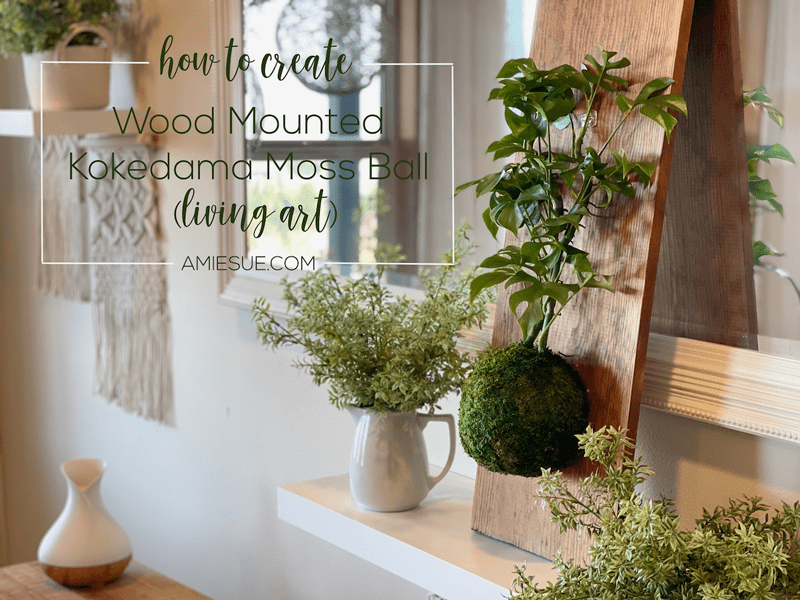
You landed here to enjoy all the edible and non-edible creations I have made over the past 10+ years but TODAY you are here (unknowingly) to be my therapist, because I am here to confess that I have an addictive personality. I never really thought of myself that way, but as I take a good look at my surroundings, it has become evident. I am addicted to creating recipes, caring for houseplants, making art, sewing, decorating… the list goes on. Once a passion hits me, I run with it! As of late, the Kokedama moss ball art form has taken over my studio. 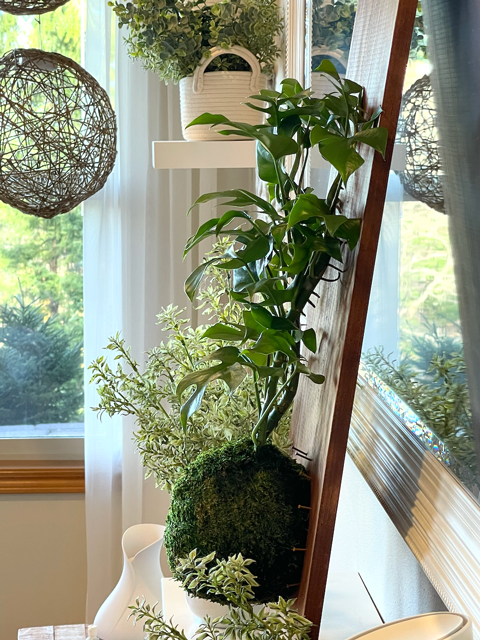 I don’t even complete one moss ball plant before I am already dreaming up other ways to display them. So, either send help or bring some soil over and we can create one together (of course you would be enabling my addiction, but I’m okay with that. haha).
I don’t even complete one moss ball plant before I am already dreaming up other ways to display them. So, either send help or bring some soil over and we can create one together (of course you would be enabling my addiction, but I’m okay with that. haha).
In the same way that plants can outgrow their pots, they can also outgrow their mounts. Therefore it is recommended to re-mount the plant every 1-2 years. It will all depend on whether or not the plant is a fast or slow grower. If you see any type of distress on the plant and you can’t correct it through double-checking the plant requirements (light, water, etc.) you might need to remove the plant from the moss ball and replant it in a nursery pot. Just in case you might be wondering, I used a Rhaphidophora tetrasperma plant in this creation. For other plant options, click (here).
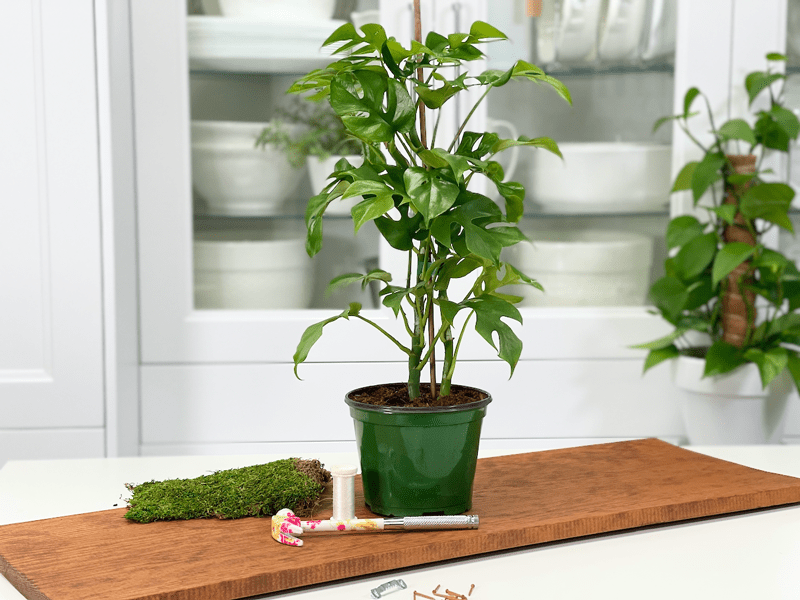
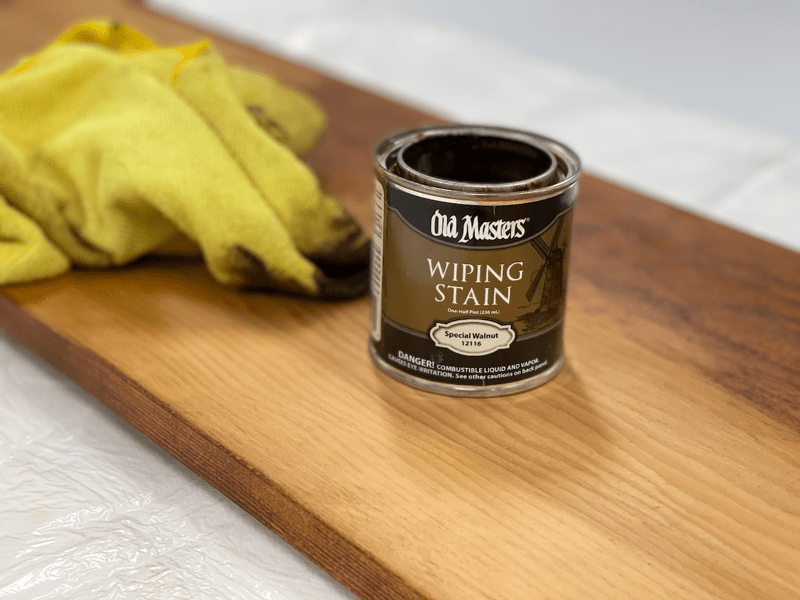
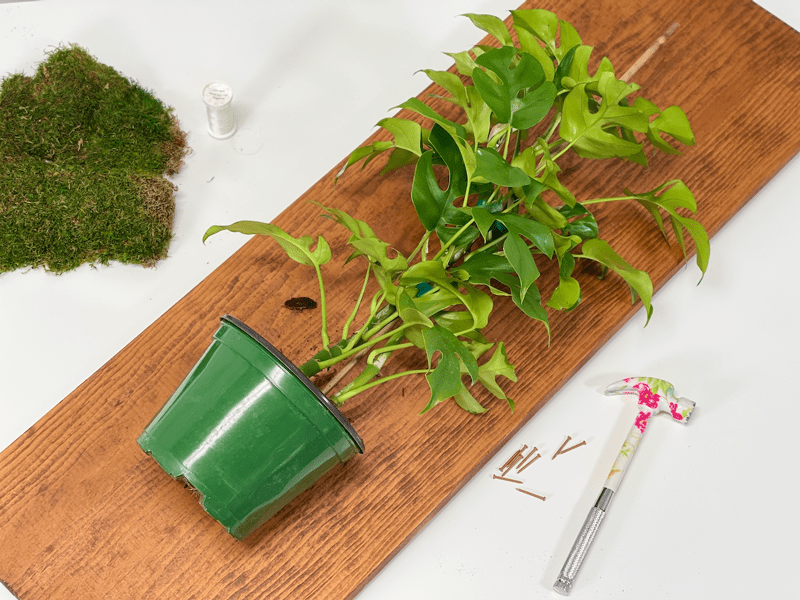
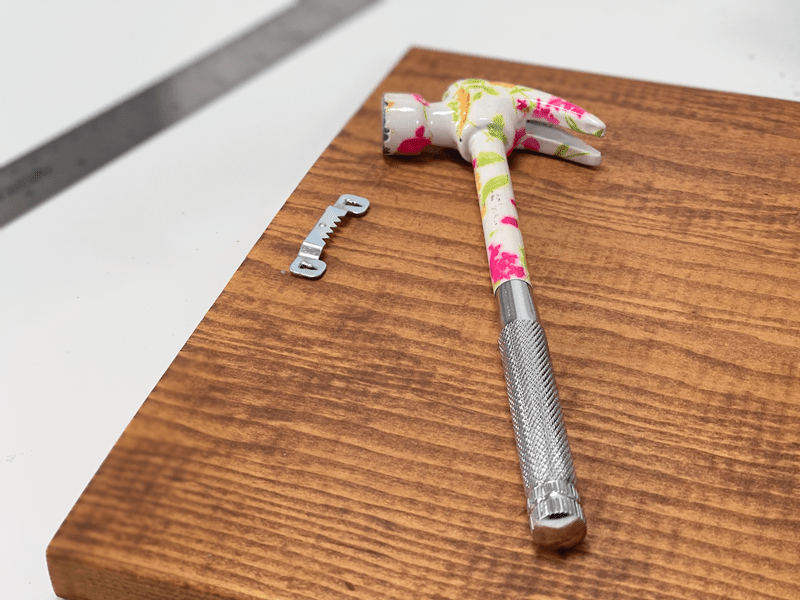
This part gets a bit messy, so an outdoor area or indoor space that you can cover with a sheet or plastic tablecloth is recommended. I already did a very detailed post that explains how to make a Kokedama moss ball, so pop on over there to learn more about the type of moss and soil(s) to use. I will attach some quick photos here for reference, but I recommend reading through it to gather a bit more information on this art form. Click (here).
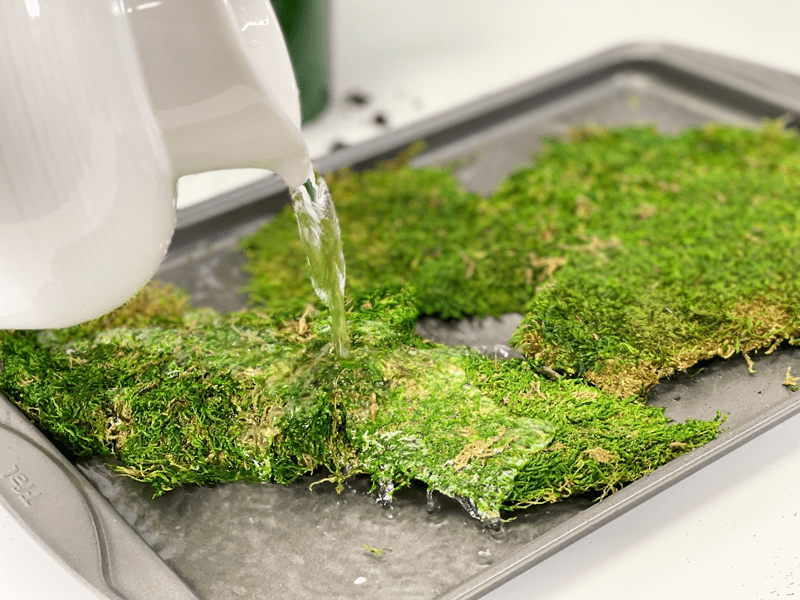
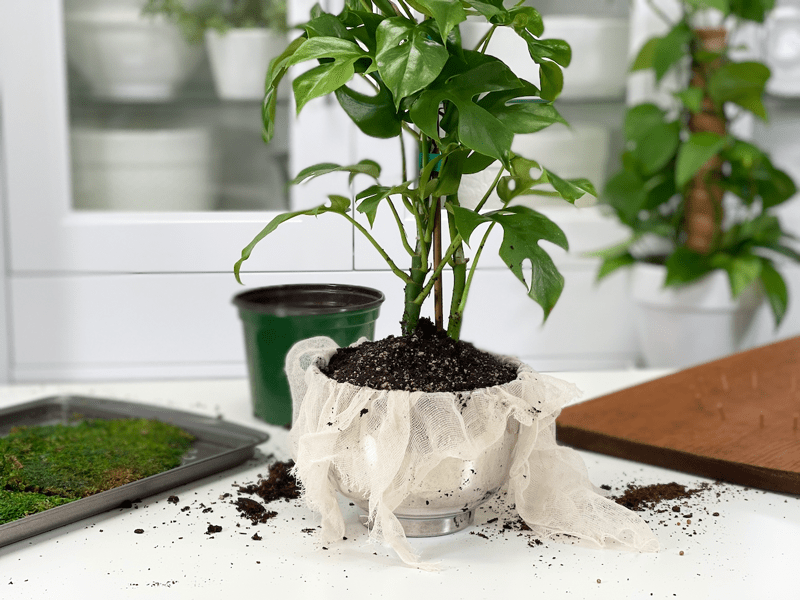
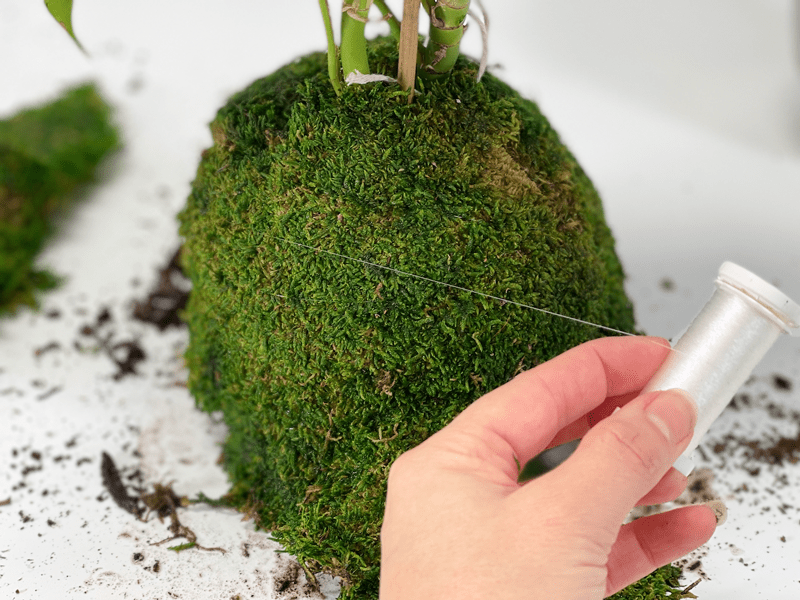
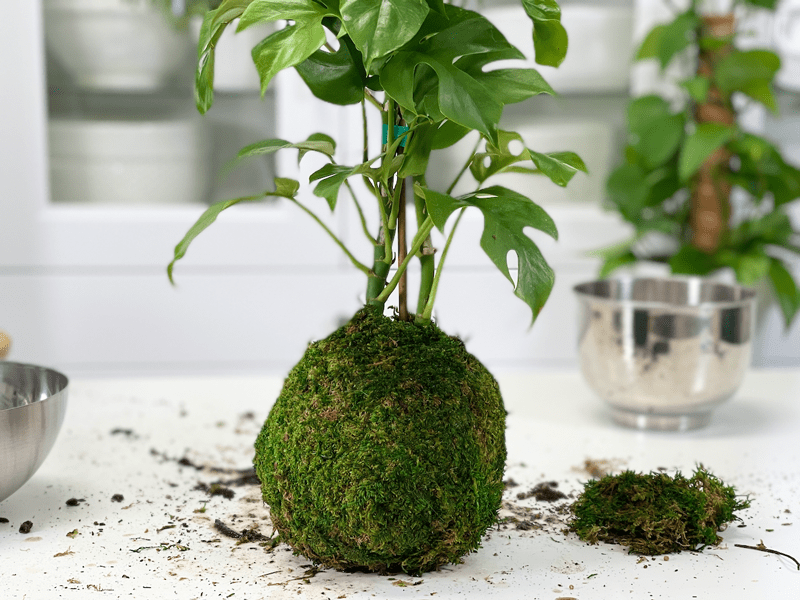
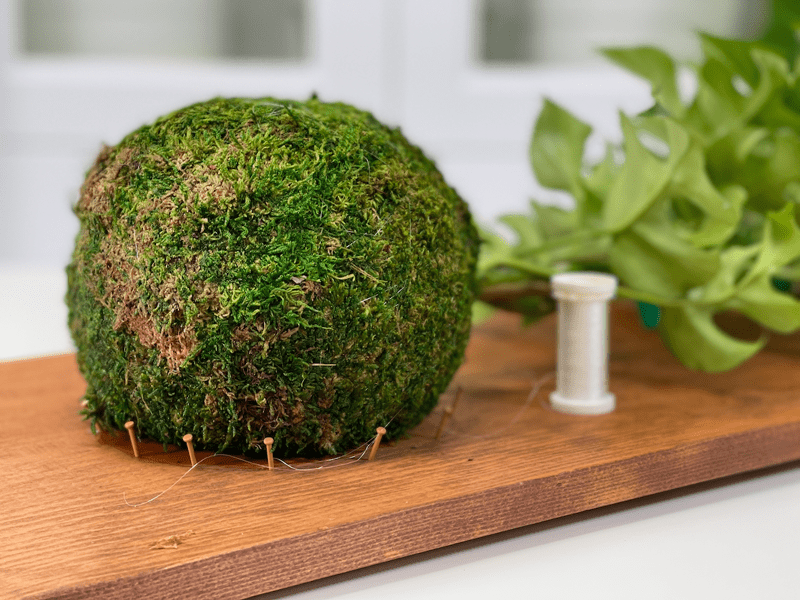
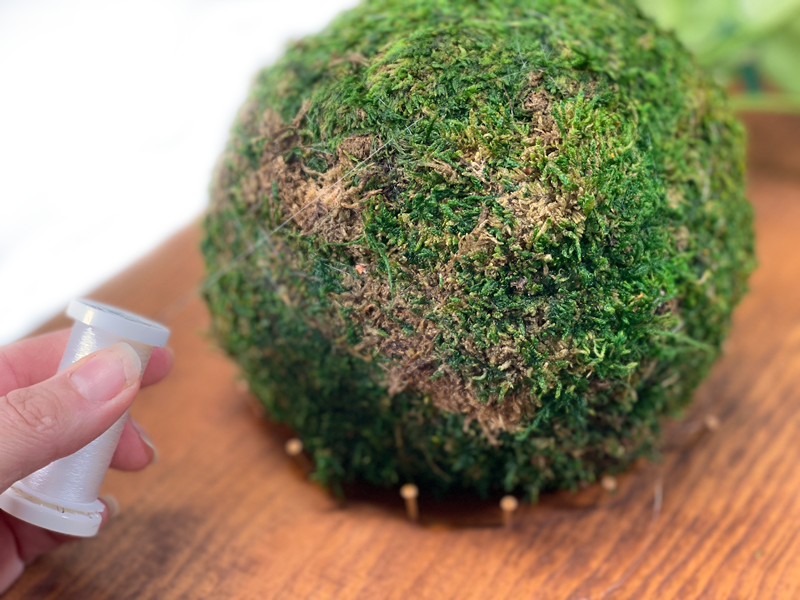
Tags: Indoor Houseplants, Kokedama moss balls
Widescreen WordPress Theme by Graph Paper Press All content © 2024 by AmieSue.com
This website participates in the Amazon Services LLC Associates Program. The program enables us to earn money by linking to amazon.com and affiliated websites.